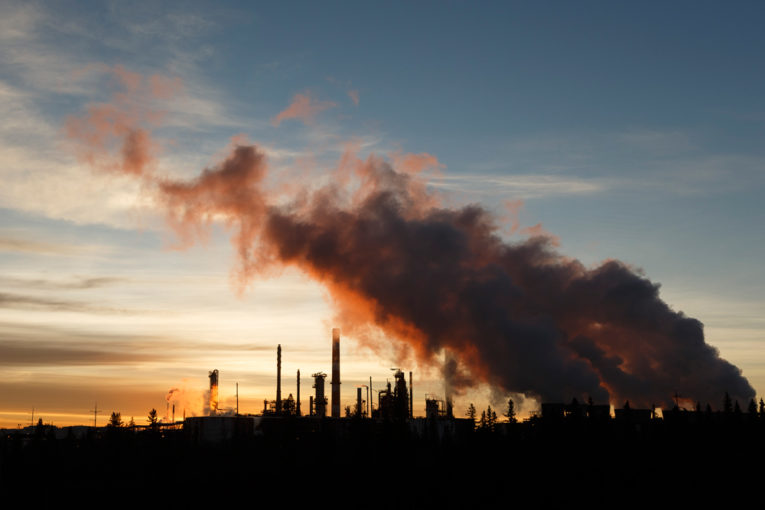
April 20 will go down as an extraordinary day in modern economic history: the day the price of oil, at least in the futures market, turned negative. That means you could have signed a contract to buy any number of barrels of oil to be delivered in May, and you’d get paid for your trouble. In theory, at least.
While the anomaly in the futures market is not expected to last, it does illustrate how just how far out of balance global oil supply and demand has become. And for a Canadian economy that relies so heavily on the energy sector, it’s a warning sign of economic distress to come as the human and economic toll of COVID-19 continues to mount.
The numbers alone tell of the importance of the energy sector to Canada’s economy. Just last year, more than 20 per cent of the nation’s exports came from energy products, well ahead of all other leading shipments. In fact, for nine of the past 10 years, energy products — including crude oil, natural gas and other petroleum products — have led the way as our country’s top export and continue to be a major driver of economic growth.
Which is why this rout in the energy markets shouldn’t just be a concern to residents in the oil-producing provinces. It’s in every Canadian’s best interest to shore up an industry that is so closely tied to our economic well-being and quality of life.
This isn’t to say that pursuing renewable energy and reducing carbon footprints aren’t still important. It’s just that we must first have a healthy economy for those critical initiatives to happen. And a healthy Canadian economy includes the energy sector.
Right now, liquidity is paramount in an environment where cash flow has taken a direct hit and access to capital has all but been cut off.
Energy companies have been conducting the kinds of triage typical during periods of distress: reducing staff, shutting in unprofitable wells and cutting capital budgets. They must also look for other
ways to preserve liquidity
that includes taking advantage of government initiatives, including the recently announced Export Development Canada loan guarantees and Business Development Bank of Canada co-lending programs, where small and medium-size businesses could access loans and guarantees to help.
Companies are trying to make it through the crisis by taking prudent fiscal steps: continuing to monitor their cash flows, banking covenants and borrowing bases (including having frank conversations with their lenders), as well as combining existing debt facilities with these new government programs. But given the caps on the programs and liquidity issues being faced, these measures are simply not enough for many businesses and more government intervention is needed.
The severity of the liquidity crisis for these companies and the climb out of the COVID-19 downturn will be slower for the energy sector than most industries. Swollen inventories of oil that continue to build will keep downward pressure on oil prices, even as the world economy begins to recover.
Many advocates for renewable energy have argued that the economic disruption brought about by COVID-19 marks the perfect time to steer resources toward more sustainable sources of energy. But this transition will take place on a much longer time horizon than what’s needed to get Canada’s economy back on its feet.
The overwhelming majority of global energy consumption comes from crude oil and natural gas, and that can’t change overnight. Investments in renewable energy need to be made, but Canada’s economy needs to get into recovery mode as soon as possible in order to make those investments.
For our economy to emerge from this crisis without slipping into a prolonged recession, energy sector investment and support must continue. Neither industry nor government can do it alone.
Kirk Roworth is the national energy industry leader for RSM Canada, a global provider of audit, tax and consulting services focused on middle-market businesses.
You can read more of the news on source
